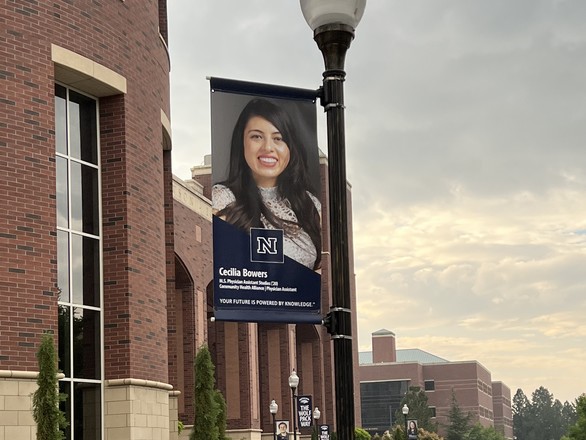The Nevada and UNLV football teams play annually for possession of the Fremont Cannon trophy. The cannon is a replica of the howitzer that accompanied Captain John C. Fremont on his expedition through Oregon, Nevada, and California from 1843-44. Captain Fremont was the first presidential candidate of the new Republican Party in 1856.
The cannon is the largest and, at one point, was the most expensive trophy in college football. It
weighs roughly 545 pounds and cost roughly $10,000 to build more than 50 years ago. The winning team takes possession of the cannon and paints it their team color: blue or red.
Nevada and UNLV played their first football game on November 22, 1969. Nevada won, 30-28. In 1970, UNLV won the second annual rivalry game, taking home the replica Fremont Cannon in its first year. Overall, Nevada leads the series 29-19.

